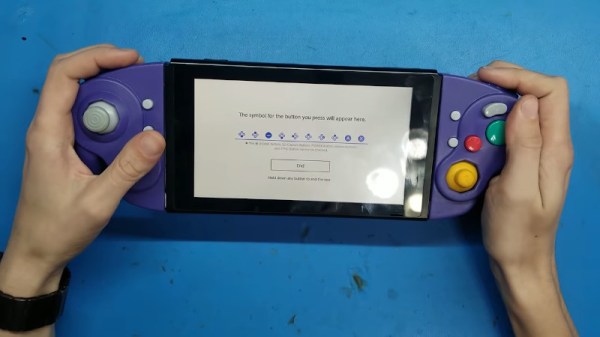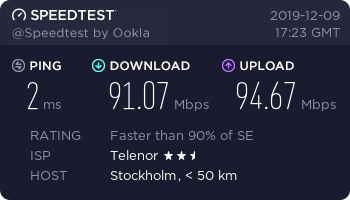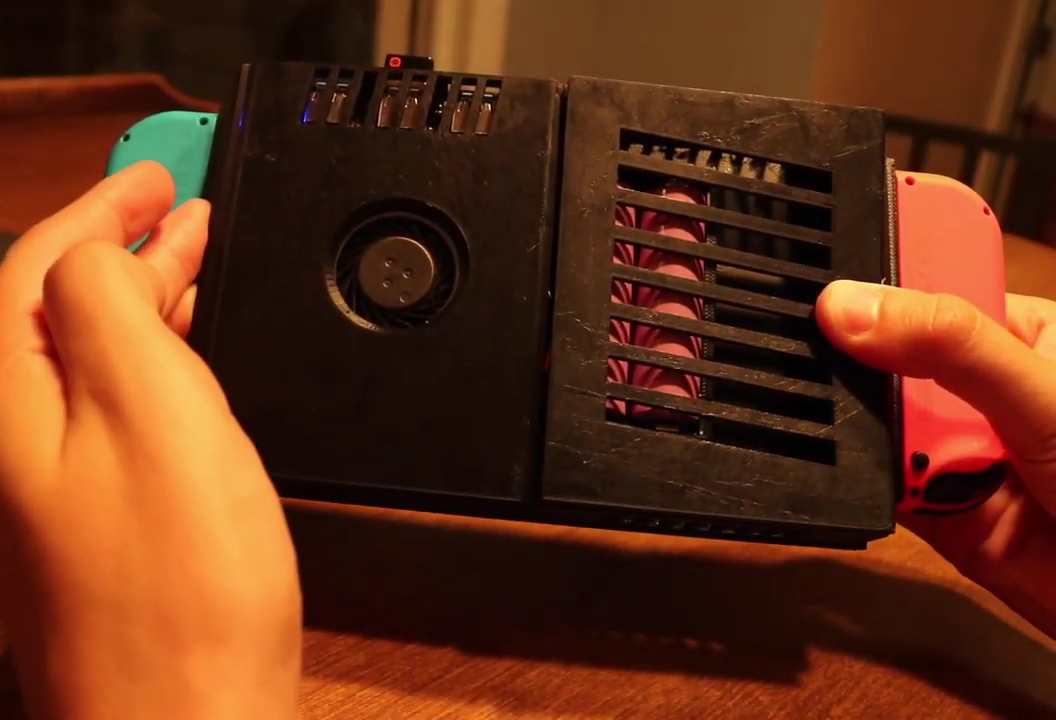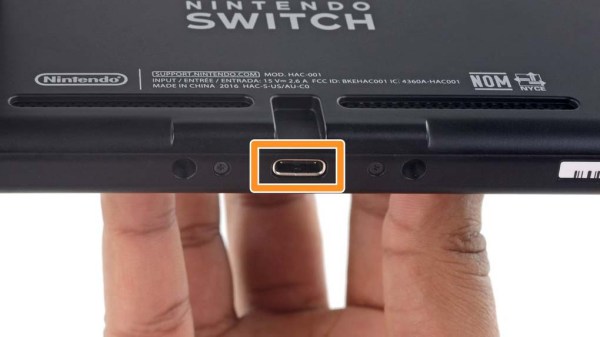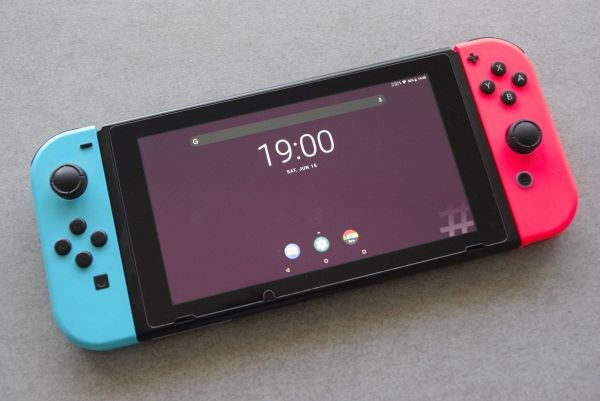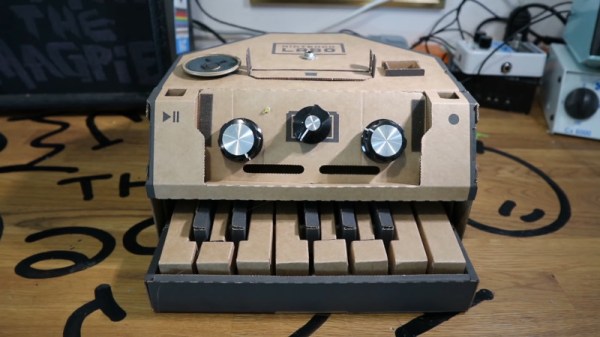The Gamecube may not have sold as many units as its competitors in its day, but it maintains a cult fanbase to this day. Due largely to the Smash Bros. community, its controllers are still highly sought after. After the release of the Nintendo Switch, with plenty of fan renders around the place [Shank Mods] figured someone would create a set of Joycons with Gamecube controls. After waiting almost four years, he decided instead to do it himself.
The build begins with a Wavebird controller shell, chosen for its larger body, which is coincidentally the same height as the Switch. The shell was cut down the middle, and 3D printed components were created to attach Joycon mounting rails to the two halves of the controller. The large controller also has plenty of space inside, making it easy to fit all the Joycon components inside. Compatibility was a key aim of this build, so much attention was paid to make the Gamecube Joycons function properly with all Switch features. Extra buttons were added where necessary, and the formerly analog triggers were modified with plugs to match the solely digital operation of the Switch components.
It’s a project that had to overcome many hurdles, from mechanical redesigns to make everything fit, to figuring out the arcane electrical design of the Joycon hardware. The hard work paid off however, and [Shank Mods], along with a couple of talented community members, was able to create a beautiful piece of hardware. We’ve seen Gamecube-themed Joycons before, but this build really does take the cake. If you’ve instead modified the original Xbox controller to work with the Switch, be sure to let us know. Video after the break.

